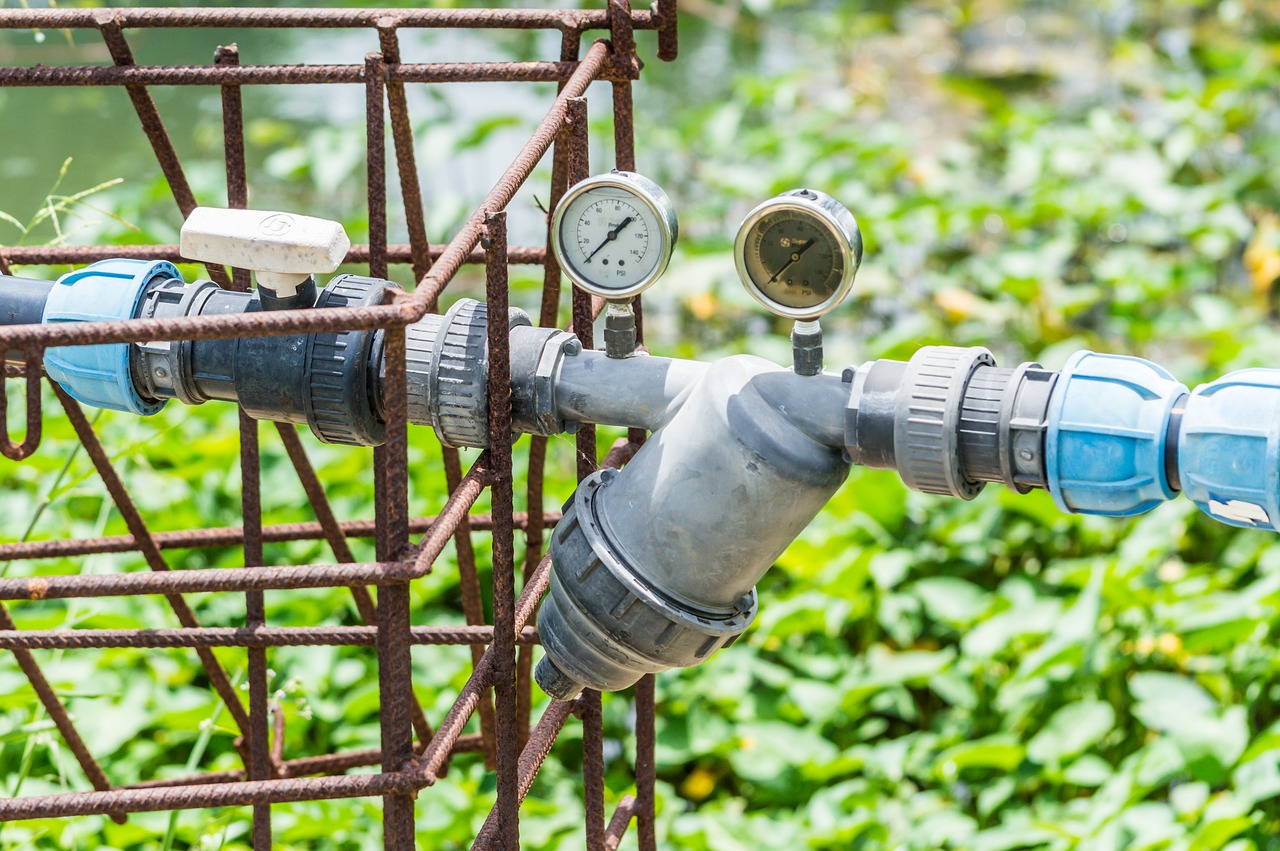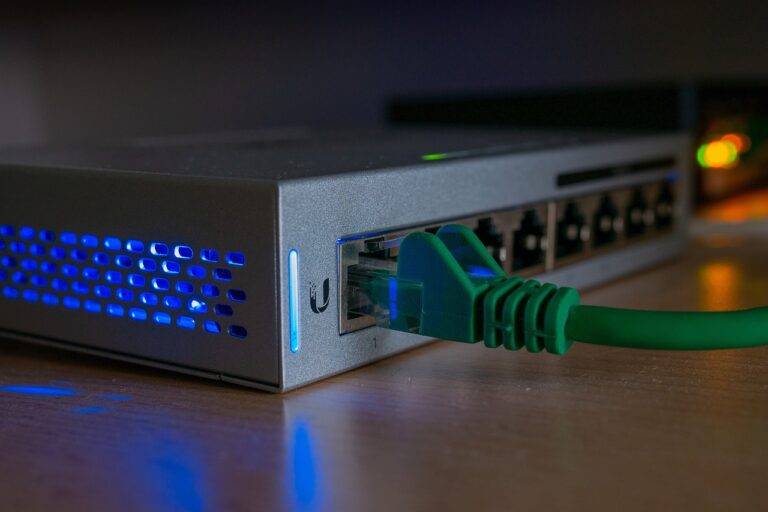The Role of Tech in Disaster Recovery and Response
Disasters can strike at any moment, leaving devastation in their wake. From natural disasters like hurricanes, earthquakes, and wildfires to man-made events such as terrorist attacks and industrial accidents, the need for effective disaster recovery and response is crucial. In today’s digital age, technology plays a vital role in helping communities prepare for, respond to, and recover from disasters. From early warning systems to communication tools, tech innovations are transforming the way we approach disaster management.
Early Warning Systems
One of the most critical aspects of disaster preparedness is early warning systems. These systems use various technologies, such as satellites, sensors, and weather forecasting algorithms, to detect and predict potential disasters. For example, in the case of hurricanes, advanced warning systems can track the storm’s path and intensity, giving communities valuable time to evacuate and prepare. Similarly, earthquake early warning systems can detect seismic activity and send alerts to residents in at-risk areas, allowing them to take immediate action to protect themselves.
Communication Tools
During a disaster, communication is key to coordinating response efforts and providing essential information to the public. Technology plays a crucial role in enabling effective communication in times of crisis. Social media platforms, mobile apps, and emergency notification systems are all valuable tools for disseminating critical information to residents and first responders. Additionally, drones and satellite technology can help officials assess damage and identify areas in need of assistance, improving response times and saving lives.
Data Analytics
Advancements in data analytics have revolutionized disaster response by providing valuable insights into the impact of disasters and helping officials make informed decisions. By analyzing a vast amount of data, including weather patterns, population density, and infrastructure vulnerabilities, data analytics can predict the potential impact of a disaster and guide response efforts. For example, predictive analytics can help emergency management officials allocate resources more efficiently and prioritize areas in need of assistance.
Resilient Infrastructure
Technology plays a crucial role in building resilient infrastructure that can withstand disasters and minimize damage. From smart buildings equipped with sensors to monitor structural integrity to robust communication networks that can withstand power outages, tech innovations are transforming the way we design and build infrastructure. By incorporating resilient technologies into infrastructure projects, communities can better withstand the impact of disasters and recover more quickly.
Collaborative Platforms
Disaster response requires collaboration among various stakeholders, including government agencies, non-profit organizations, and private sector entities. Technology has facilitated communication and collaboration through the development of collaborative platforms that enable real-time information sharing and coordination. These platforms allow different organizations to work together seamlessly, ensuring a more coordinated and efficient response to disasters.
Training and Simulation
Technology has also revolutionized the way we train and prepare for disasters. Simulation tools and virtual reality technology allow emergency responders to practice disaster scenarios in a realistic and immersive environment. By simulating various disaster scenarios, responders can hone their skills, test response strategies, and identify areas for improvement. Training with technology ensures that emergency responders are well-prepared to handle real-life disasters effectively.
The Future of Disaster Tech
As technology continues to advance, the role of tech in disaster recovery and response will only become more critical. From artificial intelligence and machine learning to the Internet of Things and robotics, innovative technologies hold the potential to revolutionize disaster management. By harnessing the power of technology, we can improve our ability to prepare for, respond to, and recover from disasters, ultimately saving lives and minimizing damage.
FAQs
Q: How can technology help communities prepare for disasters?
A: Technology can help communities prepare for disasters by providing early warning systems, communication tools, and data analytics to predict and mitigate the impact of disasters.
Q: What role do drones play in disaster response efforts?
A: Drones can be used to assess damage, identify survivors in need of rescue, and deliver supplies to hard-to-reach areas during disaster response efforts.
Q: How can technology improve the resilience of infrastructure?
A: By incorporating resilient technologies like sensors and communication networks into infrastructure projects, communities can better withstand disasters and recover more quickly.
Q: How does data analytics help in disaster response?
A: Data analytics can provide valuable insights into the impact of disasters, helping officials make informed decisions and allocate resources more efficiently during disaster response efforts.





